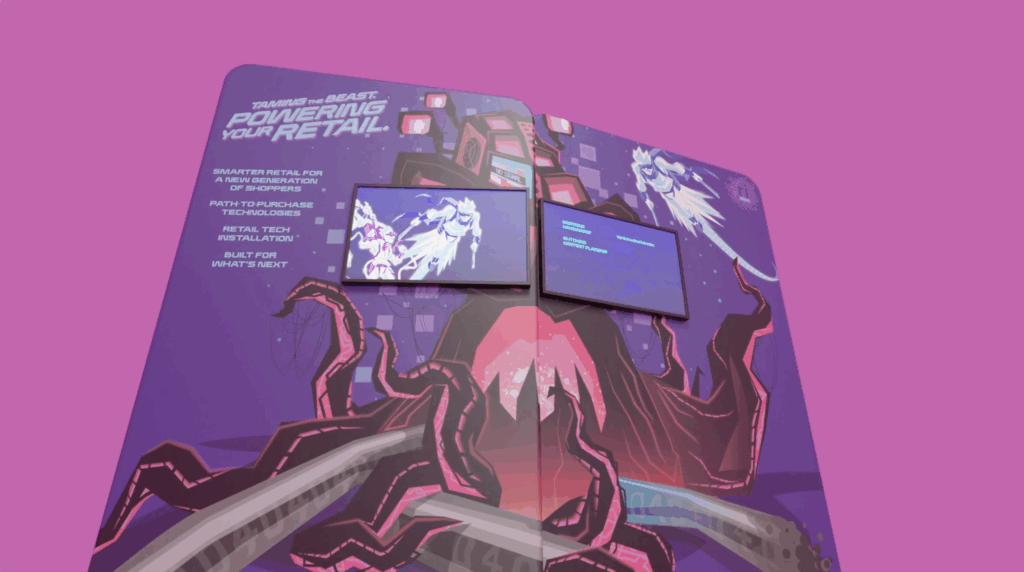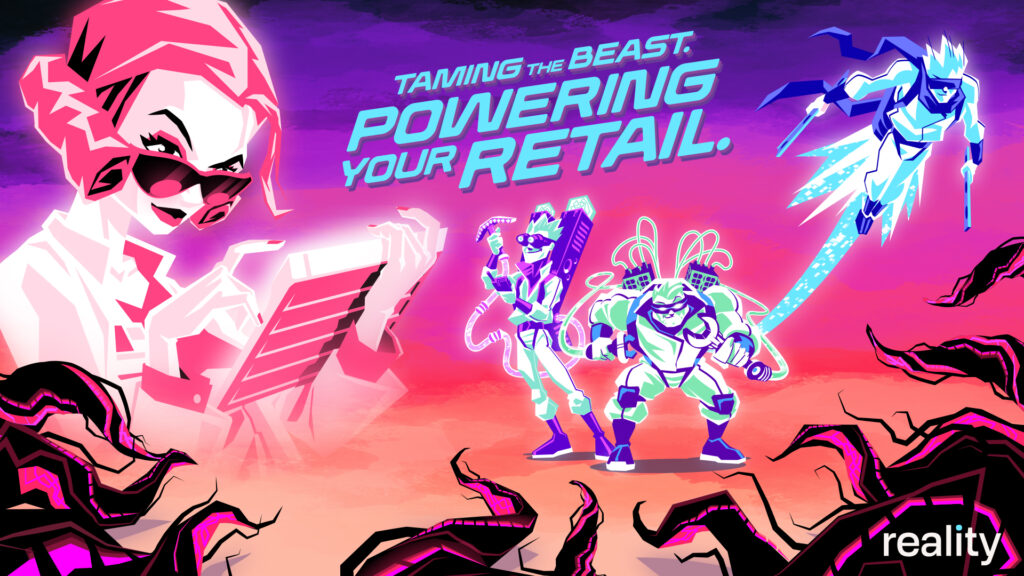This article is from QSR Magazine, written by Justin Mccarty and Casey Slager.
The quick-service restaurant sector is constantly evolving to meet changing consumer preferences and is driven primarily by millennials—who are more likely to eat outside of the home and demand healthy, high-quality, and organic menu alternatives. The continued shift in preferences is forcing suppliers and manufacturers to evaluate how best to maintain quality, mitigate waste, and maximize value. The real key is managing the supply chain with forethought and vision.
All too often, a lack of communication or integration creates disconnects between supply chain and other functions. When new ideas are discussed it is most prudent to involve all of the functional groups best suited to increase effectiveness. Does the new concept or approach make sense? Will this new endeavor be profitable or too costly for certain foods or ingredients that are not purchased in bulk on a regular basis? Can the process support the “gut” while eliminating the guesswork and uncertainties?
Proximity and Footprint
There has traditionally been no getting around the fact that the farther a product is shipped, the more likely it is that freshness is compromised and costs increase. For example, when In-N-Out Burger scouts new restaurant locations they always do so with easy highway access in mind. This is an important component to maintaining their freshness standards given they don’t freeze any of their products. Alternative emerging concepts, aimed at leveling the playing field, include hydrofarms. Mini-farms can be created almost anywhere (including vertically and/or in warehouses as opposed to cultivating product outside over wide tracts of land). This solution can alleviate the inability to deliver healthy food to areas where a farm and other land is not readily available.
With a similar focus on delivering quick, fresh meals, Farmer’s Fridge, a Chicago-based startup, sells salads and other fresh food out of refrigerated vending machines at airports and retail outlets such as Walgreens. This concept has proven successful in major cities but is particularly interesting for smaller towns where the costs of opening a quick-serve may exceed the return. This marriage of fresh food with self-service technology has proven to be a winning combination for offering an alternative to fast food restaurants and traditional vending. Among the important features of this business model is its flexible product supply chain that allows the company to partner with small, independent foodservice suppliers and broad line distributors. Product waste for cold food vending machines can be as high as 40 percent of the machine’s inventory, however Farmer’s Fridge has a product waste target of just 5 percent. Unsold items with a remaining shelf life are donated to food pantries and expired items are composted. CEO, Luke Saunders, credits low product waste to the short timeline from production to delivery and his company’s cost function algorithm. While this strategy works well for quick-serves, farmers and suppliers may need to explore alternative distribution channels for their produce.
Learning from Amazon
While Amazon has quickly become known as a “category killer” in a myriad of business segments, when it comes to the quick-serve, their model underscores what we have alluded to. They are the masters of knowing where their end consumer is and then connecting to suppliers that support procurement and logistics. Amazon may deploy this strategy a little differently given their purchasing power and access to abundant resources, but the fundamentals hold. For a smaller organization, a fully integrated solution can identify consumers by area and partner the information with logistics providers to optimize transport routes to the end consumer—improving delivery time, shelf-life and product profitability.
Restaurants seeking to replicate Amazon’s success must first employ a strategic approach to its supply chain technology and infrastructure. Such fundamentals include:
- Understanding the procurement options and implementing processes to dynamically shift sourcing and supply.
- Partnering with logistics and distribution suppliers to ensure quality, lean operations and timely delivering to consumers.
- Installing technology that addresses all of these vital supply chain capabilities, helping to improve profitability and increase market share. A well-rounded technology approach—one that weaves cutting-edge capabilities from the supplier’s supplier all the way to the fingertips of the consumer—is a surefire way for retailers, restaurants and manufacturers to get their product to the point of sale in the most efficient, effective manner possible.
The continued success of quick-serves may depend on how well they can adapt to the ever-evolving purchasing habits of millennials. Companies that integrate cross-functional solutions to support their supply chains will be able to swiftly respond to the changing market demands and ultimately, will be better-positioned to retain the business of this growing demographic.
Check out the original article here.






